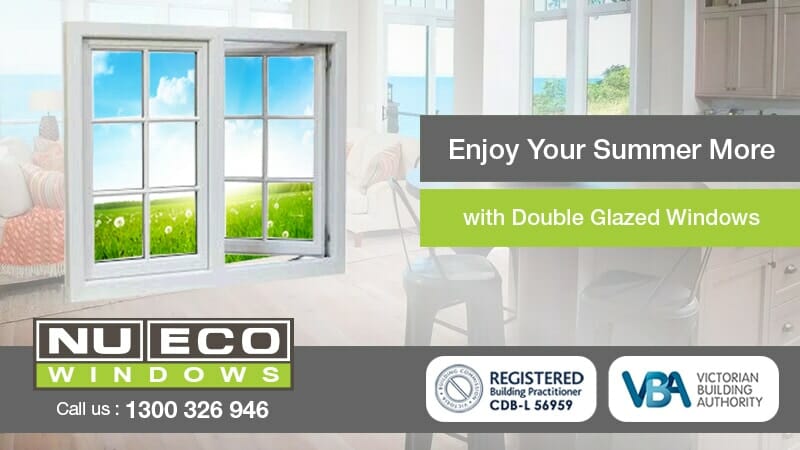All Categories
Featured
Table of Contents
Double Glazed Windows And Doors In Perth in North Perth Western Australia
That window can transfer more solar heat in winter season than in summertime. A west-facing window on a summertime's afternoon has an angle of incidence from near 0 as much as 30 with a large efficient area of solar radiation. A north-facing window, in summer, has a high angle of occurrence and a low effective area of solar radiation, so can transmit less heat than a west-facing one.

You can quickly and quickly improve the thermal performance of your house by replacing your windows. This is one of the most reliable techniques of renovation to accomplish enhanced thermal convenience. There are countless types of glass and frames to pick from. Picking the right ones is essential to improving the energy performance of your home.
Top 10 Tips To Keep Your Home Cool in Casaurina WA
Single glazing with clear glass is not very efficient when it comes to heat loss or gain. To enhance performance, you can utilize single glazing with a more energy-efficient type of glass such as low emissivity (low-e) glass.
Multiple layers can be assembled with sealed cavities between each sheet of glass. IGUs typically use better energy efficiency than single glazing, since they transmit less energy. The energy efficiency of IGUs also depends on: the residential or commercial properties of each layer of glass. Different glass types (for instance, clear and low-e glass) can be put together in an IGU.
Single, Double Or Secondary Glazing, Which Is The Best ... in Bibra Lake Perth

IGU cavities can be filled with air or a more inert, low-conductivity gas such as argon the width of the cavity. Cavity density is usually 6 to 18mm. Wider cavities offer lower (much better) U worths, with 12mm typically accepted as the preferred space how well the cavity is sealed. Cavities must be dry and well sealed to avoid wetness getting in.
If argon is set up to the cavity in place of air, moisture is reliably left out the level of desiccant (drying agent). The spacer (metal or polymer strip) that separates the glass layers includes a desiccant to take in any wetness. Insufficient desiccant might trigger moisture to condense on the glass surface in cold conditions, reducing thermal performance.
Twinglaze® Double Glaze Specification Act - Vic in Gosnells Perth
In fact, IGUs can deliver much better energy efficiency for all climates, specifically in heated and air-conditioned houses. Cross-section detail of single, double and triple-glazing units Low emissivity glass (commonly understood as low-e glass) decreases heat transfer. Low-e glass might be either high or low transmission: High transmission low-e glass has a covering that permits daytime from the sun to pass into the house to achieve excellent solar heat gain, however decreases the quantity of the long wavelength infrared heat that can leave back through the window.
Low-e glass has either a pyrolytic coating or a vacuum-deposited thin film metal finish. Pyrolytic finishes are resilient and can be used for any glazing; vacuum-deposited coatings are soft and are just used within IGUs. Low-e finishings can significantly improve both U worth and SHGC; nevertheless, they should be used correctly or they will either weaken or stop working to carry out as required.
How Are Double Glazed Windows More Energy Efficient? in Dianella Western Australia
Low-e coverings can be utilized in combination with clear, toned or reflective glass. Low-e coverings on glazing can minimize heat transfer where needed Photo: Department of Industry, Science, Energy and Resources Toned glass has colouring additives consisted of throughout manufacture. It is available in various colours, usually bronze, grey, blue and green.
Table of Contents
Latest Posts
How Are Double Glazed Windows More Energy Efficient? in Helena Valley Perth
Why Should You Have Double-glazed Windows This Summer? in Secret Harbour WA
Double Glazed Windows Brisbane in Mosman Park Western Australia
More
Latest Posts
How Are Double Glazed Windows More Energy Efficient? in Helena Valley Perth
Why Should You Have Double-glazed Windows This Summer? in Secret Harbour WA
Double Glazed Windows Brisbane in Mosman Park Western Australia